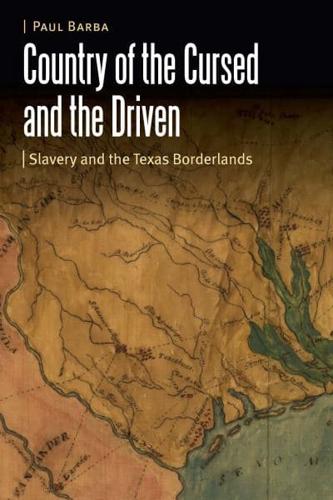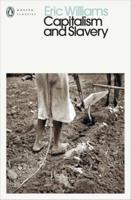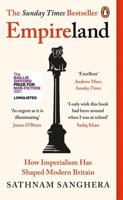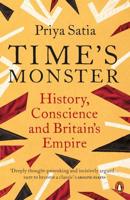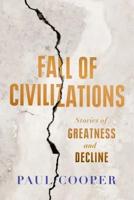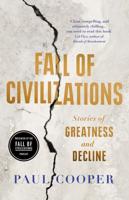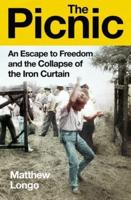Publisher's Synopsis
2022 W. Turrentine Jackson Award Winner
2022 David J. Weber Prize Winner
In eighteenth- and nineteenth-century Texas-a hotly contested land where states wielded little to no real power-local alliances and controversies, face-to-face relationships, and kinship ties structured personal dynamics and cross-communal concerns alike. Country of the Cursed and the Driven brings readers into this world through a sweeping analysis of Hispanic, Comanche, and Anglo-American slaving regimes, illuminating how slaving violence, in its capacity to bolster and shatter families and entire communities, became both the foundation and the scourge, the panacea and the curse, of life in the borderlands.
As scholars have begun to assert more forcefully over the past two decades, slavery was much more diverse and widespread in North America than previously recognized, engulfing the lives of Native-, European-, and African-descended people across the continent, from the Atlantic to the Pacific and from Canada to Mexico. Paul Barba details the rise of Texas's slaving regimes, spotlighting the ubiquitous, if uneven and evolving, influences of colonialism and anti-Blackness.
By weaving together and reframing traditionally disparate historical narratives, Country of the Cursed and the Driven challenges the common assumption that slavery was insignificant to the history of Texas prior to Anglo-American colonization, arguing instead that the slavery imported by Stephen F. Austin and his colonial followers in the 1820s found a comfortable home in the slavery-stained borderlands, where for decades Spanish colonists and their Comanche neighbors had already unleashed waves of slaving devastation.
